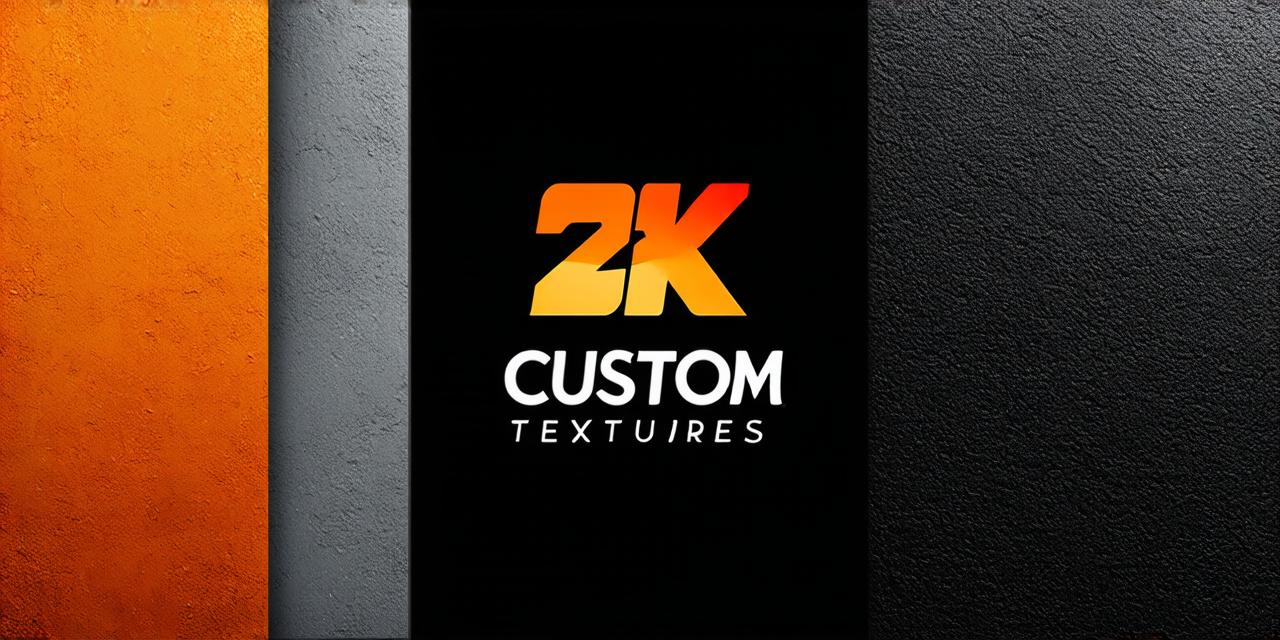
A logo is a company’s visual identity and can have a significant impact on its brand perception and success. Creating a custom logo that resonates with your target audience and reflects the values of your business can be challenging, but it is crucial for building a strong brand image and attracting customers. In this article, we will guide you through the process of creating a custom company logo, from start to finish, using best practices and expert tips.
Introduction
A logo is a visual representation of your company’s identity and purpose. It communicates your values, vision, and mission to your target audience, making it an essential element of your branding strategy. A well-designed logo can help you establish a strong presence in the market, increase brand awareness, and attract customers. In this article, we will provide a comprehensive guide for businesses on how to create a custom company logo that resonates with their audience and reflects their values.
The Importance of Logo Design
Logo design is an essential aspect of branding that can have a significant impact on your business success. A logo communicates your brand identity, establishes trust and credibility, and helps you stand out in the marketplace. Here are some of the reasons why a logo is crucial for your business:
- Brand recognition
- Differentiation
- Emotional connection
- Consistency
Creating a Custom Company Logo: A Step-by-Step Guide
Creating a custom company logo can be a complex process that requires careful planning and execution. Here are the steps to follow when creating a custom company logo:
Step 1: Define Your Brand Identity
Before you start designing your logo, it’s essential to define your brand identity. Your brand identity includes your values, vision, mission, and personality. It’s what sets your business apart from your competitors and communicates your unique selling proposition (USP). Here are some tips on how to define your brand identity:
- Define your target audience
- Define your brand values
- Define your brand personality
- Define your USP
Step 2: Research and Analysis
Once you have defined your brand identity, it’s time to research and analyze the market. This step involves researching your target audience, analyzing your competitors, and understanding design trends. Here are some tips on how to conduct a thorough research and analysis:
- Research your target audience
- Analyze your competitors
- Study design trends
Step 3: Create a Mood Board
Once you have completed your research and analysis, it’s time to create a mood board. A mood board is a visual representation of your brand identity, values, and personality. It includes images, colors, typography, and other design elements that communicate your brand’s message. Here are some tips on how to create a mood board:
- Choose the right images
- Choose the right colors
- Choose the right typography
- Include other design elements
Step 4: Create Draft Designs
Once you have created your mood board, it’s time to start creating draft designs. This step involves creating multiple draft designs that incorporate different design elements and styles. Here are some tips on how to create draft designs:
- Keep it simple
- Incorporate your brand identity
- Experiment with different styles
- Get feedback
Step 5: Finalize Your Logo Design
Once you have created multiple draft designs, it’s time to finalize your logo design. This step involves selecting the best design, refining it, and preparing it for use. Here are some tips on how to finalize your logo design:
- Select the best design
- Refine your design
- Prepare it for use
Step 6: Register Your Logo
Once you have finalized your logo design, it’s essential to register your logo. Registering your logo protects your trademark and prevents others from using your logo without permission. Here are some tips on how to register your logo:
- Check for trademark availability
- Hire an attorney
- File your application
- Wait for approval
Conclusion
Creating a logo that resonates with your target audience requires careful planning, research, and analysis. By defining your brand identity, studying design trends, creating a mood board, developing draft designs, finalizing your logo design, and registering your trademark, you can create a logo that effectively communicates your brand’s message and differentiates you from your competitors. Remember to keep it simple, memorable, and easily recognizable to ensure long-term success.


